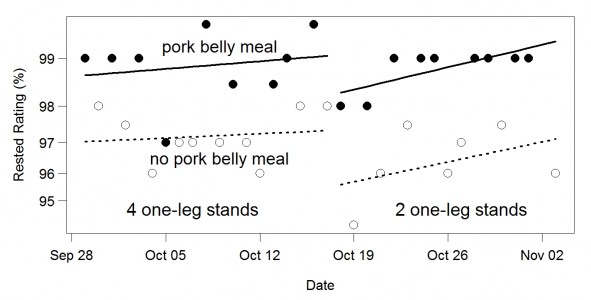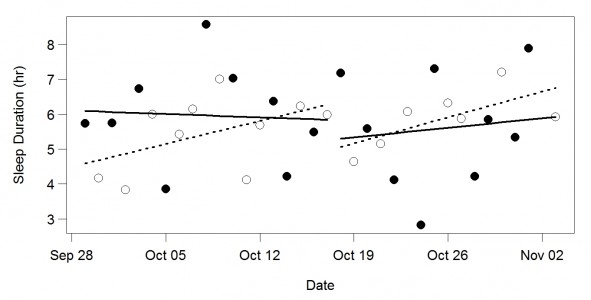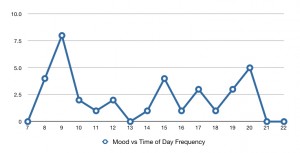Prize Fight: The Race and Rivalry to be First in Science (2012) by Morton Meyers (copy sent me by publisher) is about battles/disagreements over credit, often within a lab. Jocelyn Bell noticed the first quasar — how much credit does she deserve relative to her advisor, Anthony Hewish, who built the structure within which she worked? (Not much, said Bell. “I believe it would demean Nobel Prizes if they were given to research students.”) The structure and subtitle of the book make little sense — there is a chapter about how science resembles art and a chapter about data fabrication, for instance, and nothing about races or being first. The core of the book is two stories about credit: for the discovery of streptomycin, the first drug effective against tuberculosis, and for the invention of MRI (magnetic resonance imaging). Meyers is a radiology professor and a colleague of one of the inventors of MRI.
I liked both stories. I find it hard to learn anything unless there is emotion involved. Both stories are emotional — people got angry — which made it easy to learn the science. Streptomycin was found by screening dirt. It was already known that dirt kills microbes. The graduate student who made the discovery was indeed a cog in a machine but later he was mistreated and got angry and sued. The first MRI-like machine was built by a doctor named Raymond Damadian, who was not one of the recipients of the Nobel Prize given out for its invention. He had good cause to be furious. The otherwise good science writer Horace Freeland Judson wrote an op-ed piece about it (“No Nobel Prize for Whining”) that ended “His behavior stands in stark and elegant contrast to the noisy complaining of Raymond Damadian”. To name-call (“whining”, “noisy”) in a New York Times op-ed is to suggest your case is weak.
I have had a related experience. When I was a graduate student, at Brown University, I did experiments about cross-model use of an internal clock. Do rats use the same clock to measure the duration of sound and the duration of light? (Yes.) I got the idea from human experiments about cross-modal transfer. By the time my paper (“Cross-Modal Use of an Internal Clock”) appeared, I was an assistant professor. A few months after it was published, I went back to Brown to visit my advisor, Russell Church. On the day of my visit, he had just received a new issue of the main journal in our field (Journal of Experimental Psychology: Animal Behavior Processes — where my article appeared). It was in a brown wrapper on his desk. I opened it. The second article was “Abstraction of Temporal Attributes” by Warren Meck and Russell Church. (Meck was a graduate student with Church.) I didn’t know about it. It was based on my work. The first experiment was the same (except for trivial details) as the first experiment of my article. The introduction did not mention me. I leafed through it. Buried in the middle it said “This result replicates previous reports from our laboratory (Meck & Church, in press; Roberts, 1982).”
I was angry. Why did you do this? I asked Church. “To make it seem more important,” he said. I consoled myself by thinking how bad it looked (on Church’s record). I never visited him, and almost never spoke to him, again. Years later I was asked to speak at a conference session honoring him. I declined. What he did amounted to rich (well-established) stealing from poor (not established) and jeopardized my career. When my article appeared, I didn’t have tenure. It was far from certain I would get it. I hadn’t written many papers. If you read both papers (Meck and Church, and mine), you could easily be confused: Who copied who? This confusion reduced the credit I got for my work and reduced my chance of getting tenure. Church surely knew this. Failure to get tenure could have ended my career.


 As do I. I wish I had left the second I discovered they hadn’t backed up my site, after saying they had. (They had backed up only a small fraction of it.) After that, my sites kept getting hacked. First, we moved this blog and www.sethroberts.net off Dreamhost. They stopped getting hacked. Then the Shangri-La Diet forums got hacked. We moved them off Dreamhost. No more hacking. The cost of even one incident of hacking is far more than you will ever save from their low rates.
As do I. I wish I had left the second I discovered they hadn’t backed up my site, after saying they had. (They had backed up only a small fraction of it.) After that, my sites kept getting hacked. First, we moved this blog and www.sethroberts.net off Dreamhost. They stopped getting hacked. Then the Shangri-La Diet forums got hacked. We moved them off Dreamhost. No more hacking. The cost of even one incident of hacking is far more than you will ever save from their low rates.